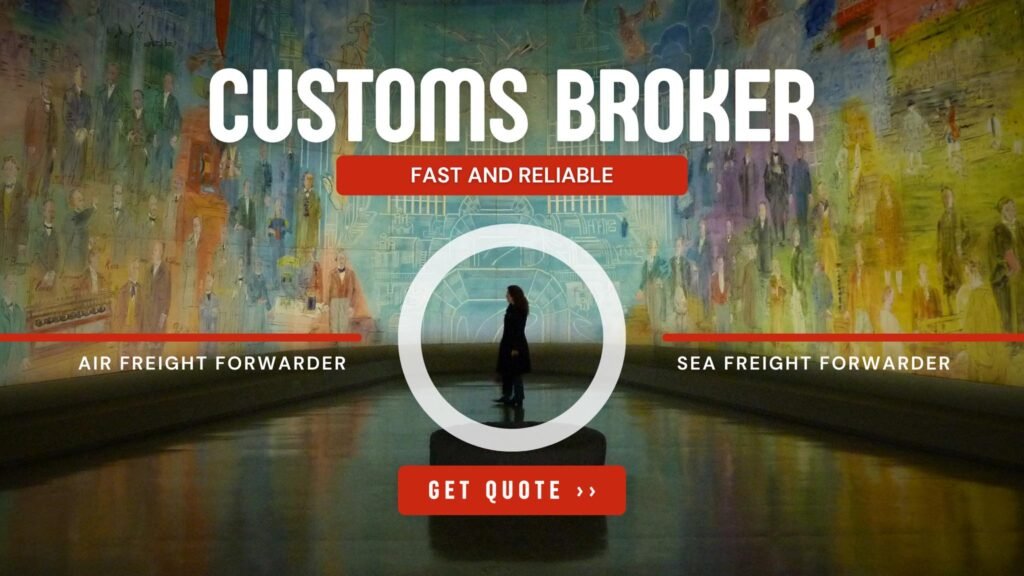Subscribe to the MyCCBI365 newsletter
General FAQs
Several technologies are shaping the future of customs brokerage in the Philippines. These technologies help improve efficiency, reduce errors, and streamline processes:
Electronic Customs Systems (E2M System): The Bureau of Customs' Electronic-to-Mobile (E2M) system is a central technology used for the digital submission of import/export declarations, which simplifies transactions and reduces paperwork.
Blockchain Technology: Used for enhancing security and transparency in supply chains, blockchain can help reduce fraud and errors in customs declarations and streamline document verification.
Artificial Intelligence (AI) and Machine Learning (ML): AI and ML are being explored to improve risk profiling, automate document classification, and detect anomalies in customs declarations.
Robotic Process Automation (RPA): RPA can help customs brokers automate repetitive tasks, such as data entry and document verification, leading to greater efficiency and fewer human errors.
Cloud Computing: Cloud-based solutions facilitate real-time data sharing and collaboration across various stakeholders in the supply chain, enabling faster decision-making and smoother clearance processes.
These technologies collectively aim to digitize the workflow, improve the accuracy of data processing, and enhance communication between customs brokers, importers, exporters, and government authorities.
Data analytics can significantly enhance the decision-making process for customs brokers in the Philippines. By leveraging data, brokers can gain insights that help improve service delivery and operational efficiency:
Predictive Analytics: Customs brokers can analyze historical data to predict shipment patterns, potential bottlenecks, and clearance times. This allows for proactive planning and helps clients avoid delays.
Risk Management: By using data analytics, brokers can better assess the risk profiles of shipments, identifying which shipments are more likely to be flagged for inspection and adjusting strategies accordingly.
Compliance Monitoring: Analyzing customs data can help brokers track regulatory changes and ensure compliance with the latest tariff rates, import restrictions, and trade agreements. This helps minimize errors and reduce the risk of penalties for clients.
Optimizing Routes and Operations: Data analytics can be used to optimize shipping routes, warehouse space, and clearance processes, ensuring a faster and more cost-effective service for clients.
Incorporating data analytics into operations helps customs brokers become more proactive, predictive, and responsive to changes in the customs and logistics landscape.
Cloud technology plays a pivotal role in improving the efficiency and scalability of customs brokerage operations. Key benefits for Filipino brokers include:
Real-time Access to Data: Cloud systems allow customs brokers and their clients to access shipment data, customs declarations, and status updates in real-time from any location. This eliminates the need for physical paperwork and reduces delays.
Collaboration and Integration: Cloud-based platforms enable seamless collaboration between customs brokers, clients, shipping companies, customs officers, and other stakeholders. These systems integrate with other logistics and shipping platforms, streamlining the entire process from importation to clearance.
Scalability and Flexibility: Cloud technology allows brokers to scale their operations quickly. For example, they can handle an increase in shipment volumes or expand to new markets without requiring major infrastructure investments.
Cost-Efficiency: Cloud solutions eliminate the need for expensive on-premise servers and IT maintenance, reducing operational costs for customs brokers, particularly small and medium-sized enterprises (SMEs).
Data Security and Compliance: With cloud solutions, sensitive customs and shipment data can be stored securely and encrypted, ensuring compliance with data protection laws and minimizing the risk of data breaches.
Automation is one of the most effective ways to enhance accuracy and efficiency in customs brokerage. By automating repetitive and manual processes, customs brokers can reduce human error, expedite processing times, and increase overall productivity. Some key areas where automation can help:
Automated Document Submission: Automated systems can generate and submit customs declarations, reducing the risk of manual errors and speeding up the clearance process.
Classification and Tariff Codes: AI-powered tools can automatically classify goods and suggest the correct tariff codes, ensuring that the right duties and taxes are applied without the need for manual intervention.
Automated Risk Profiling: Automation can be used to assess risk levels of shipments based on predefined criteria (e.g., country of origin, product type), ensuring that shipments requiring more scrutiny are flagged for inspection without human intervention.
Automated Reporting: Automation tools can generate compliance reports and updates on changes in tariffs, trade regulations, and other important customs data, reducing the burden on brokers to manually track and update this information.
Through automation, customs brokers can significantly reduce processing times, improve compliance, and enhance customer satisfaction.
While technology offers many benefits, customs brokers in the Philippines face several challenges when adopting new technologies. These challenges include:
High Initial Costs: Implementing new technology can require a significant initial investment in software, training, and infrastructure. For smaller firms, this can be a barrier to adoption.
Lack of Technical Skills: Many customs brokers may lack the technical expertise to implement or manage new systems. This knowledge gap can result in inefficient use of technology or failure to integrate new tools effectively.
Resistance to Change: Some brokers may be hesitant to adopt new technologies due to a fear of disrupting existing processes or a lack of understanding of the benefits. Overcoming this resistance requires clear communication about the advantages of technology and proper training.
Integration with Existing Systems: New technologies often need to be integrated with existing customs software, shipping systems, or ERP platforms. Compatibility issues or the need for custom development can delay adoption.
To overcome these challenges, brokers can:
- Invest in training and capacity-building to upskill their workforce.
- Partner with technology providers that offer tailored solutions for the Philippine market.
- Adopt technologies incrementally, starting with small, low-cost tools that demonstrate immediate value, before fully committing to more complex systems.
By addressing these challenges proactively, customs brokers can successfully integrate new technologies into their operations, increasing their competitiveness in a rapidly changing market.








